|
In the yoga world, forward folding is practically an obsession. We stand with our legs together and bend forward, we separate our feet and bend forward, we stand on one leg and bend forward, we sit and bend forward...you get the idea.
But most of us know that we need to strengthen our abdomen to support the spine and release the low back. The same can be said for the hamstrings: strengthening them will stabilize the pelvis and support the spine. HIP FLEXORS The muscles in the front of the hips, called the hip flexors, are another well-known area of tightness in the body. Their tightness is exacerbated by the amount of sitting we do. This tightness creates length in the hamstrings, because the two muscle groups are reciprocally related, i.e. the condition of one group is generally the opposite of the other. It is well-known that we need to lengthen the hip flexors to relieve hip and spinal issues. Because the hip flexors are reciprocal to the hamstrings, length (stretching) in the hamstrings will lead to more shortness/tightness in the hip flexors, which is undesirable. Another reason why the hamstrings should be strong, not long. STRENGTHEN THE HAMSTRINGS
Hopefully you can see that strong hamstrings will help to alleviate many common problems in the pelvis and spine, and that over-stretched hamstrings will exacerbate frequent pains and imbalances. So, how do we strengthen the hamstrings? Squatting exercises and postures like Chair Posture go a long way to strengthening the hamstrings and glutes. They also integrate the hips with the abdomen, which is great. See the link on the right (Understanding Chair Posture) if you have questions about how to do Chair Posture. Another great way to strengthen the hamstrings is by tipping the body forward halfway, as in Balancing Stick, pictured at the top of this article. Balancing stick is done on one leg, but you can also do the exercise on both legs by standing on two feet and bending forward halfway. Don't go past halfway, since we're not trying to stretch the hamstrings. Two great strengthening postures can be done lying on the back: Bridge Posture and Jastiasana, both pictured above. Lie on your back and lift your hips in the air. You will need strength in the back of your hips, and this strength will help to release your hip flexors.
4 Comments
Last night the new class of students began their training here in Kolkata, India at Ghosh's Yoga College. The first night is simple and informal, with Muktamala (Bishnu Ghosh's granddaughter) showing videos of her father and grandfather, and then giving a brief tour of the school.
In the picture above, Muktamala is in the center, facing the group wearing a green dress. She explains some of the many pictures hung around the school, snapshots of history and personality that document the lineage. "This is my grandfather's room," she tells the group. "He used to sit here on a mattress and instruct the students." The walls are covered with photos of Bishnu, Yogananda and many of the prominent students of the school, including Bishwanath Ghosh, Buddha Bose, Jibananda Ghosh, Prem Sundar Das, Dibya Sundar Das, Baishali Champati and Rajashree Chakrabarti (Choudhury). The history here is palpable. "We don't modernize the school," Muktamala says. "We want to keep it traditional and original. You can feel the vibration of my grandfather in this room." It is surprising and wonderful that, yet again, we are headed to India. We will stay for nearly a month on this trip, traveling to distant corners of the country to visit places we haven’t yet been. The trip will happen in three parts.
As always, we will fly into Kolkata, home of Ghosh’s Yoga College and many friends of ours. We have spent lots of time in Kolkata over the years, and it is a home away from home. Especially since the Ghosh family treats everyone with such hospitality. After a few days we will head west to Pune and Lonavala. Pune is the home of Iyengar and his yoga. We are excited to visit the legendary library there. Lonavala is the home of the earliest known yoga laboratory, where they studied the physiological effects of yoga all the way back in the 1920s. For scientifically minded yogis like us, Lonavala is a kind of mecca. Then we will return to Kolkata to welcome a new class of trainees at Ghosh's Yoga College. It is always a treat to pick people up at the airport in the middle of the night and usher them through their first few hours in the sensory extravaganza that is India. Then we are off on a historic excursion to Varanasi, Haridwar and Rishikesh. These are some of the oldest and most sacred locations in India, resting aside the Ganges and at the feet of the Himalayas. It is impossible to say what experiences await us, but travel never fails to be surprising, enlightening and humbling. We will write more in the coming days! Por ahora no debería ser sorpresa que Bishnu Ghosh era un levantador de pesas. Fue influenciado en gran parte por Eugene Sandow, considerado como el padre del fisicoculturismo moderno. Vemos mucha influencia en el levantamiento de pesas de Ghosh no solo por su énfasis en la fisicalidad en la práctica de asana, pero también en la terminología usada por sus estudiantes. Esto es mucho mas notable en el uso del término más discutido que nunca “bloquea la rodilla”, y en el constante enfoque en la contracción y relajación de los músculos.
Bishnu escribió en esta publicación de 1930 Control Muscular y Ejercicios de Pesas (coescrito por Keshub Ch. Sen Gupta y disponible aquí), que él era bastante delgado en su juventud. Después de haber estudiado levantamiento de pesas, tuvo la oportunidad “de ver al Señor Chit Tun controlar sus músculos enormes y bien formados”. Ese fue el comienzo del interés de Bishnu en las enseñanzas de Chit Tun. Walter Chit Tun vivió en Calcuta y fue el líder del movimiento de la cultura física. La influencia que tuvo en Bishnu y Sen Gupta fue tan profunda que hasta tomaron prestado el titulo “Ejercicio de Pesas” del libro de Chit Tun para usarlo en su propia publicación. Chit Tun explico en su libro que “movimientos rápidos nunca desarrollan o incrementan los músculos a gran medida” y “en orden para obtener contracción total, los movimientos deben de se hechos de una manera lenta, de una manera enfocada”. Después, en instrucciones detalladas a lo que llamo Ejercicio V (fotografiado arriba): “Pausa por uno o dos segundos. Ahora levántate lentamente a posición original respirando al mismo tiempo”. ¿Suena familiar para algunos de ustedes practicantes de Utkatasana? Después: “Cuando las rodillas estén bloqueadas, contrae los músculos del muslo fuertemente por dos o tres segundos”. Sen Gupta tomo mucho prestado de aquí para su libro colaborativo con Bishnu. El instruyo “regresa otra vez a posición original donde contraerás y después relajaras los músculos de tus muslos. Exhala cuando te sientes y respira cuando te levantes, esto desarrollara los músculos de tus muslos”. Y finalmente “numero de veces de ser tomadas – 20 veinte”. Bishnu explico en la sección de control muscular de su libro, que “uno debe tener músculos grandes antes de empezar a controlar. Mucho ya se a dicho sobre el desarrollo de los músculos en la parte anterior” refiriéndose a la sección de ejercicios de pesas. Después, notablemente antes de instruir técnicas individuales de control muscular, el instruyo: “Levanta tu cuerpo con los dedos de tus pies, de esta manera contrayendo los músculos de las pantorrillas. Después contrae los músculos de los muslos y el glúteo mayor…Ahora trata de contraer todos estos músculos simultáneamente y espera un tiempo en esta posición contraída y trata de averiguar si hay algún musculo no contraído. Aunque muchos yogis han dejado el uso de las pesas o nunca les ha interesado en primer lugar, nuestra practica sigue siendo profundamente inmersa en el desarrollo de contracción y relajación muscular. Esta es una parte integral en la practica de asana en el linaje de Ghosh y debería ser aceptado tanto como en sus raíces históricas, y los efectos positivos que tiene en la salud física. The word pranayama is used quite a lot, but often not given the explanation or gravity it deserves. Pranayama is the practice of controlling your life force, which is most easily understood as the breath. It is a subtle practice, falling somewhere between physical practice and mental. It is easy to confuse this with just breathing, standing breathing exercises, or the act of focusing on the breath, however the practices of pranayama are very specific and need specific technique. Pranayama includes practices such as Kapalbhati, Alternate Nostril Breathing and Even Counted Breathing. These are not done standing or in challenging physical postures. They must be done while the body is seated and relaxed. Pranayama is worth incorporating into your practice and study for many reasons. Here are a few:
4) Moves us beyond the postures - When we begin a yoga practice, we start by manipulating the body and practicing postures known as asanas. This is extremely challenging and rewarding as we build strength, control, health and balance. At a certain point however, we start running the risk of associating too strongly with the look and feel of our body. Our ego starts to associate our self-worth with the execution of our postures. For this reason it's important we start incorporating breath practices as they take us beyond associating purely with the physical body. 3) Balances the nervous system - You may have noticed that as you go through your day, one nostril may be somewhat plugged at any given time. This is because your sympathetic and parasympathetic nervous systems are stimulated through the use of your right and left nostril! Breathing through your nose can help regulate your body temperature, stress level, digestion and many other functions. When we consciously manipulate this through Alternate Nostril Breathing, we can actually bring a sense of balance to our nervous system. Amazing right?! 2) Moves us closer to meditation - Many of us are keen to work on meditation. It is an increasingly popular practice for which science continues to confirm as being beneficial to our well being. While other traditions of practice believe meditation to be a beginning practice, the yogis explain that the mind cannot be controlled without first mastering the control of the body and then mastering the control of the breath. For many of us who practice asana and want to meditate, we should look to pranayama first... the missing link! 1) Uses the two systems of breathing - There are two ways in which the body breathes: abdomen and chest. Many of us heavily favor one of the systems over the other. While this is usually not a conscious decision, it can affect our digestion, posture, sleep, mood and stress level. Developing pranayama practices help us understand the systems of breathing and give us a chance to develop whatever system we haven't been using. There are many physical and mental benefits to practicing pranayama. It will have a calming effect on us while taking our practice to the next level. Let's do it! Teaching yoga is a complicated task. Like practicing, it requires an understanding of what we're trying to do, how best to do it, how to navigate any barriers before us, and constant reassessment as to whether or not we're on the right path.
Teaching requires not only that we understand what to teach and how to teach it, but also that we help navigate the experience for the student, providing encouragement and a sense of discipline while drawing from our own experience and knowledge. This makes teaching a constant, on the spot, juggling act. While we need not be teachers in order to practice, we need to be practitioners in order to teach. When we take students on the path of yoga, we must have already been to the places that they will soon visit for themselves. When they have doubts or questions, we must know how to respond. When they make progress we should be there to guide them further. Anything and everything that comes up for the student is ours to respond to. We show them how to begin, and then stay with them and guide them as they progress. It's important that we treat teaching and practicing as two separate entities. They require very different skills and as we develop in both areas, they in some ways become more separate. To develop our teaching, we can learn more about the physical practices making us better able to decide what and how our students should practice. By learning to adjust what words we say and how we say them, we can use our own energy to take the students to new places. By carrying ourselves in a certain way or offering adjustments, we can teach the student to experience a posture in a new way. We can learn how to read the signals our students give us, so we know when tough love is necessary or when a gentle approach is more appropriate. As practitioners, we are used to learning and practicing. We know that's how we progress. Teaching is no different. We should seek out learning experiences, understand what makes a good teacher, and work to be the best we can be. You've heard the phrase practice makes perfect. Then, at some point it was probably qualified as perfect practice makes perfect. The simple truth is that practice makes more of whatever we're practicing whether it be physical, mental, emotional, spiritual, etc. To complicate the situation, all of those elements are at play whenever we are practicing anything.
When we practice asana, we are focused on the physical body, but we are also cementing our relationship to the practice, the thoughts in our mind, what we think about how we are doing, and an infinite number of other situations. Simply put, the practice of yoga should be noticing these patterns and detaching from them. When we practice asana, we first learn to notice something like what postures we love and what postures we hate. If we're able to remove these mental associations, we can make progress without deepening our reactions. Without this crucial piece of the practice, we are deepening the control that the mind has on us, rather than softening it. As teachers these patterns become more obvious. You start to observe where people put their mat day after day, how they fix their shirt after each standing backbend, how they do a small backbend after Standing Head to Knee, or how they are always thirsty before Triangle. These patterns represent all of the things we've practiced without meaning to. If these are the external patterns, you can imagine how complicated it is on the inside! As practitioners, we have to do this work ourselves to the best of our ability. We have to notice what we are practicing and adjust accordingly. Otherwise we spend a lot of time working in the wrong direction. Practice makes practice. |
AUTHORSScott & Ida are Yoga Acharyas (Masters of Yoga). They are scholars as well as practitioners of yogic postures, breath control and meditation. They are the head teachers of Ghosh Yoga.
POPULAR- The 113 Postures of Ghosh Yoga
- Make the Hamstrings Strong, Not Long - Understanding Chair Posture - Lock the Knee History - It Doesn't Matter If Your Head Is On Your Knee - Bow Pose (Dhanurasana) - 5 Reasons To Backbend - Origins of Standing Bow - The Traditional Yoga In Bikram's Class - What About the Women?! - Through Bishnu's Eyes - Why Teaching Is Not a Personal Practice Categories
All
Archives
May 2024
|


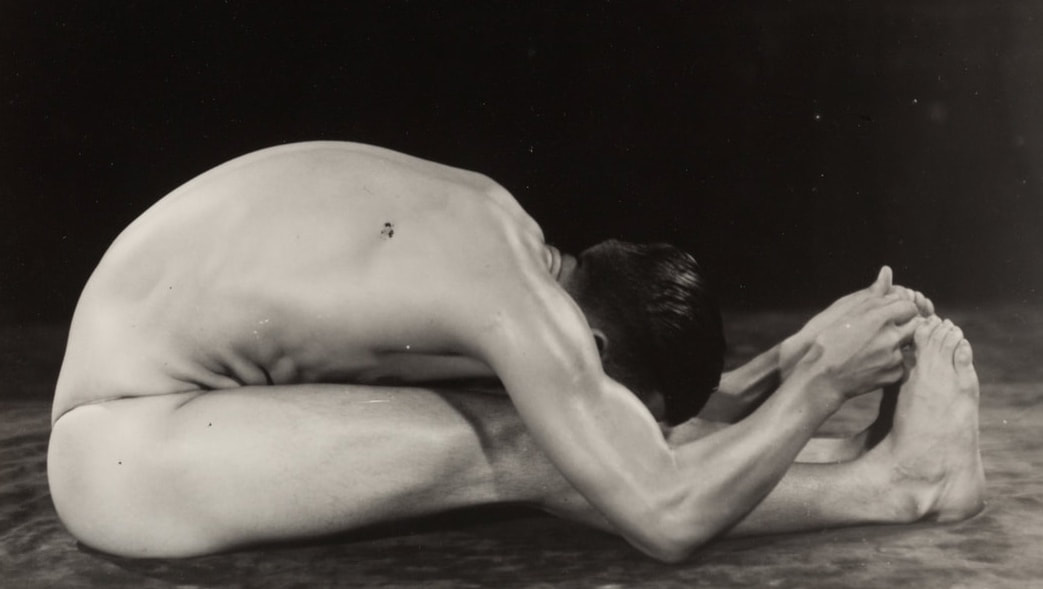
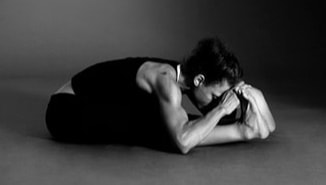
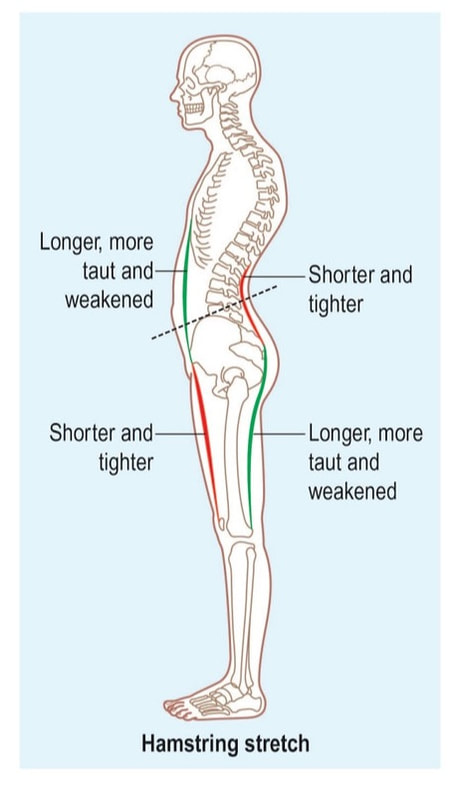
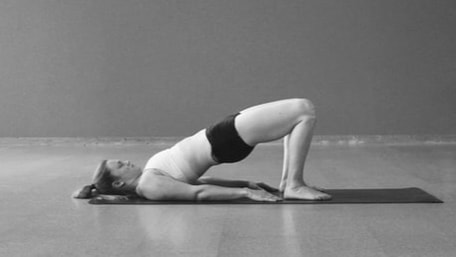
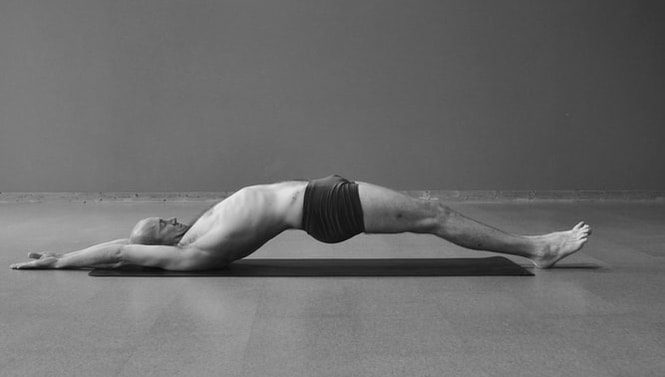
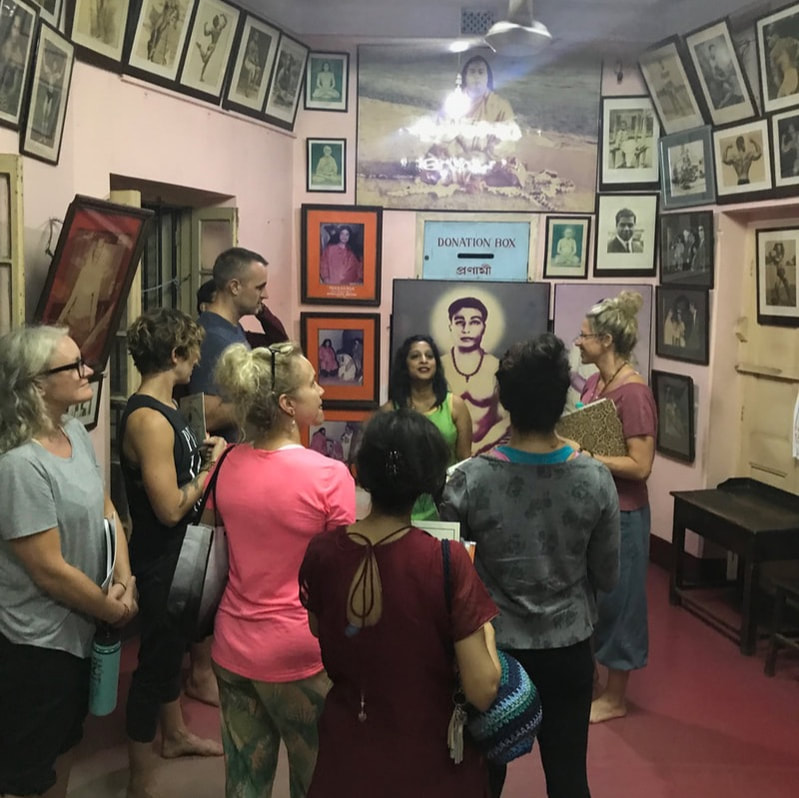
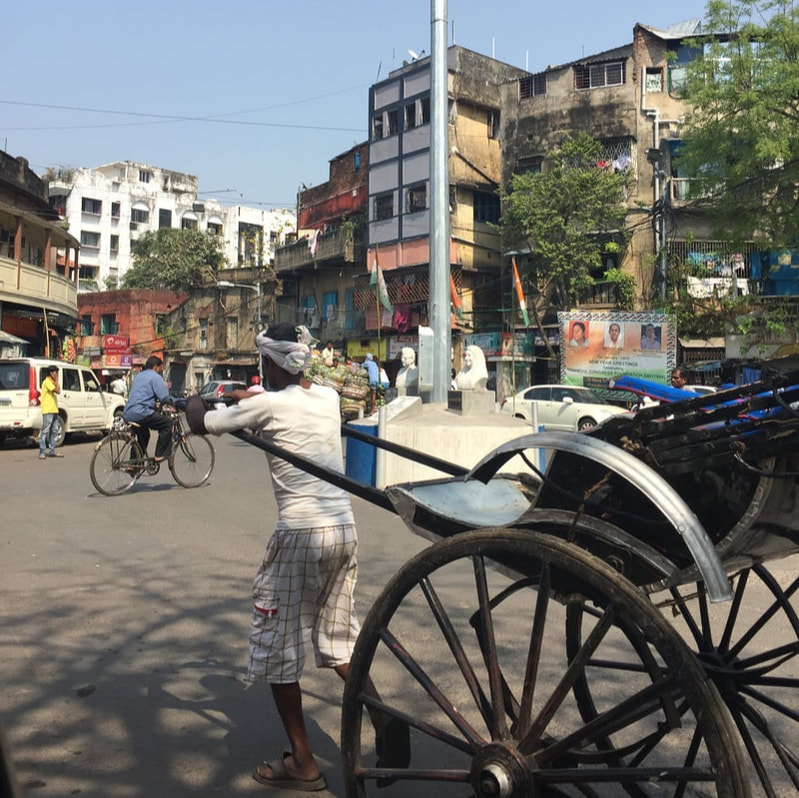
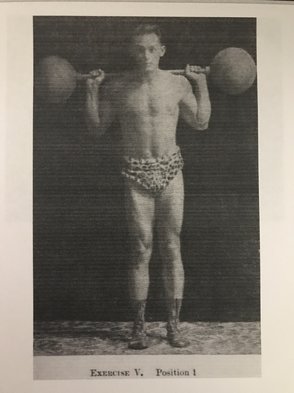
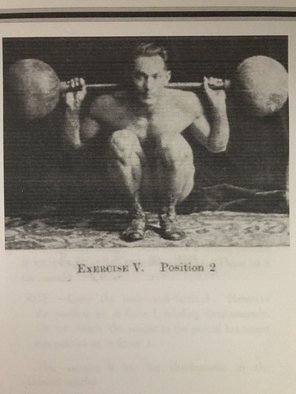
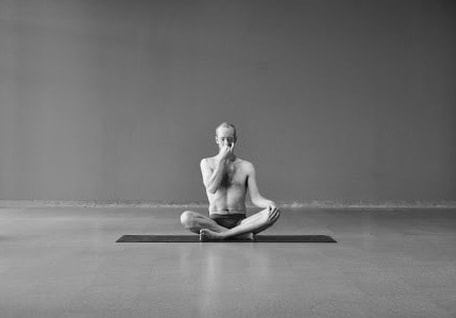
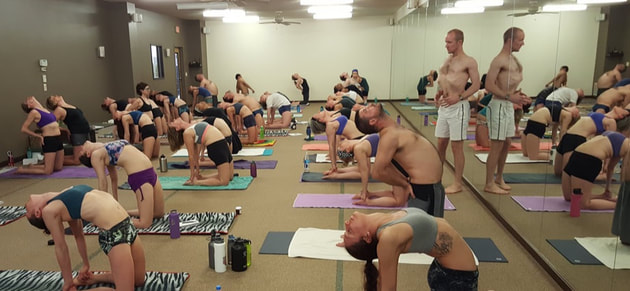
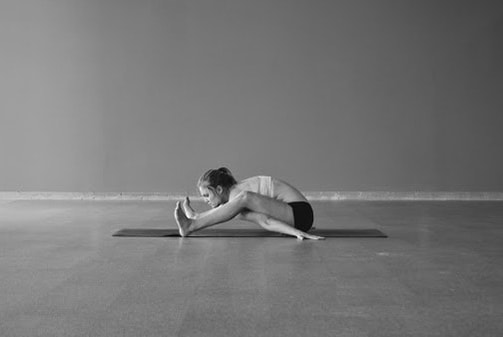
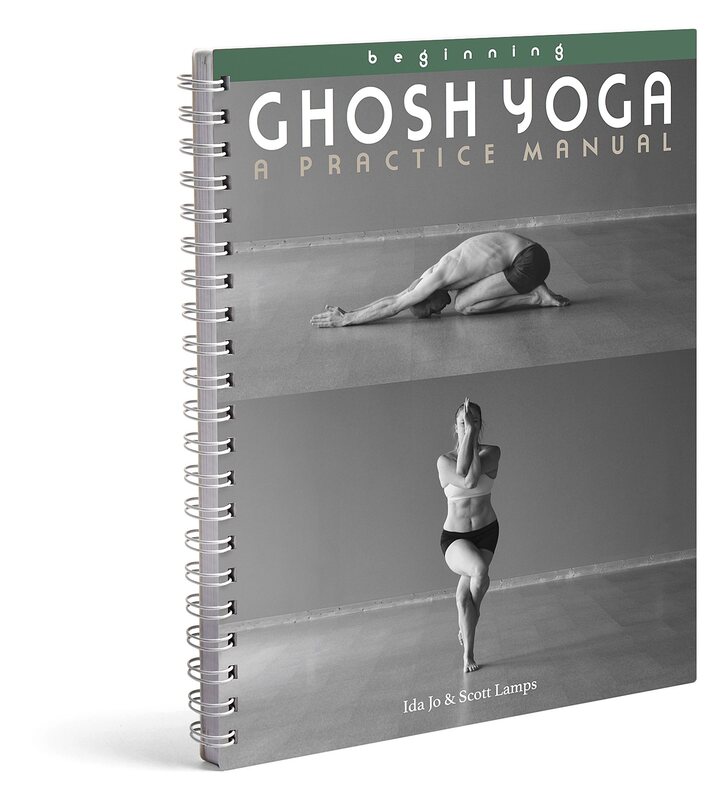
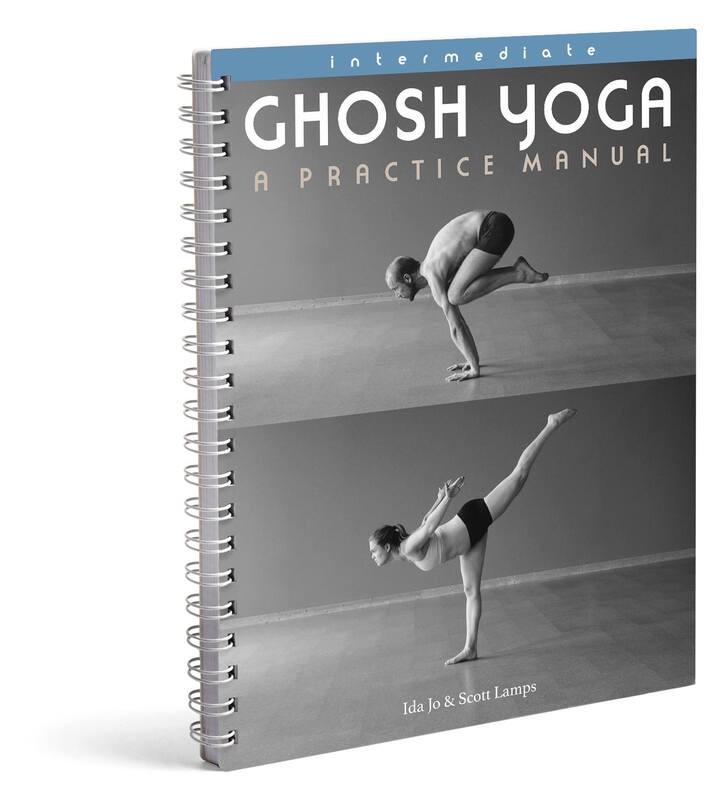



 RSS Feed
RSS Feed